District Number 11 in McLeod County was first organized in 1865 to serve the predominantly Czech farming community. Most of the local population were freethinkers, a “respectable alternative to church” where someone forms their own opinions and beliefs, especially about religion and politics, rather than accepting what is commonly believed. This part of McLeod County had the highest percentage of high school graduates outside of Minneapolis and St Paul. Many former District Number 11 students, both male and female, went on to study at the University of Minnesota.
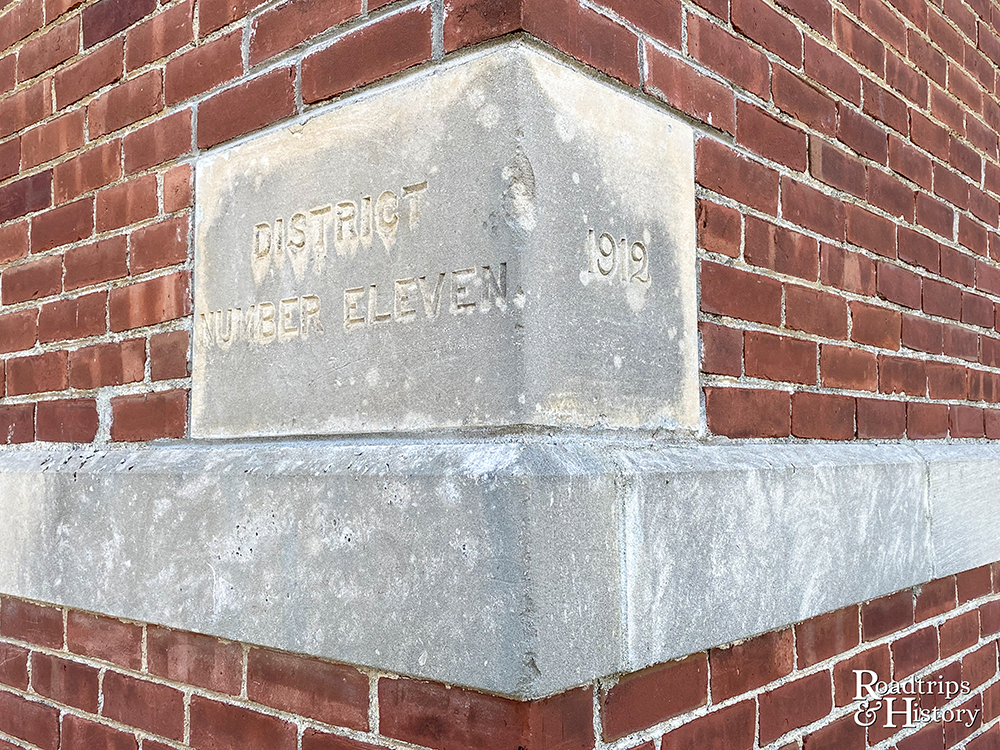
A Growing Community
District Number 11 students first attended school in a one-room log structure that was replaced by another one-room school after being destroyed by a fire. Once students reached grade nine, they would attend Hutchinson High School until graduation. By 1910, nearly 100 students attended the District Number 11 school. As you might imagine, teacher turnover was high as many reported “nervous strain” from trying to educate between 82 and 100 first through eighth-graders, solo.
The school board responded to teacher and resident concerns about the education of the students in the area by offering two possible solutions. Adding on to the current school and asking the teacher to divide their time between two classrooms or adding another school nearby. Instead, residents asked for bond money for a new, two-room school and a second teacher. After nearly a year of negotiating and voting, the district was granted $5,000 in bonds for a modern, two-room school.
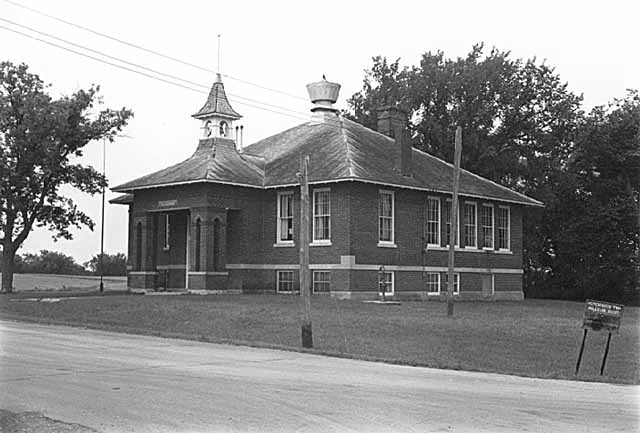
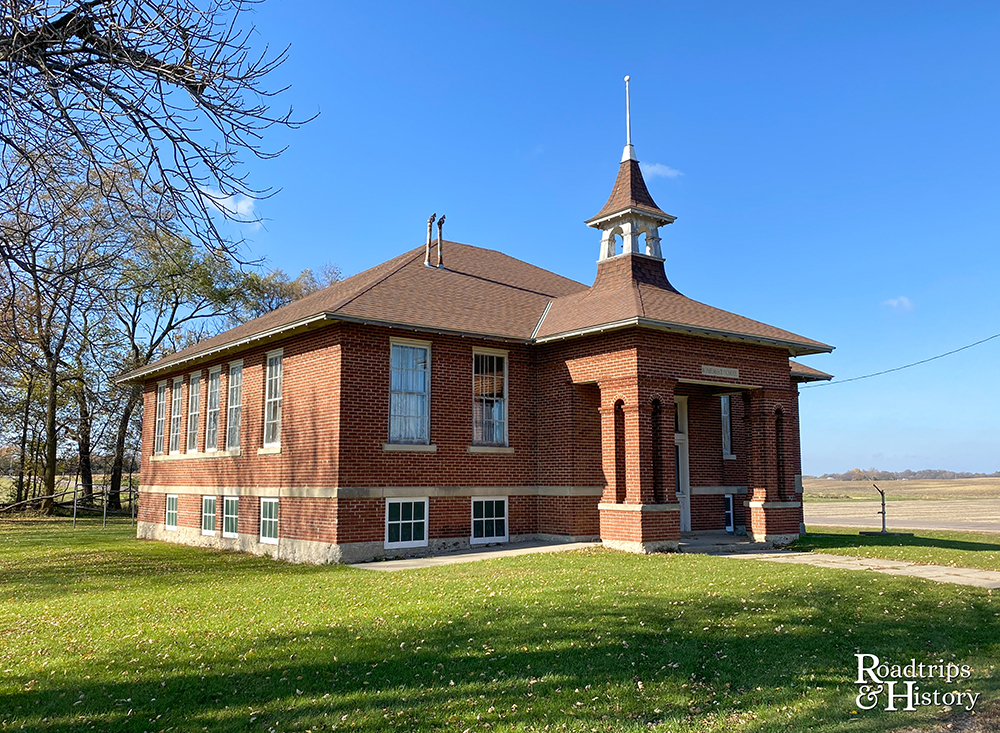
Room To Learn
The new Komensky School – named after the noted Czech teacher, philosopher, writer, and early champion of universal education, Jan Komensky – opened in the fall of 1912. One classroom was used to teach upper grades, while the other was used for primary grades. A small library and teacher offices were also located on the main level of the building. There was space for two additional rooms in the finished basement, but it was primarily used for storage. When school wasn’t in session for the summer, the local Bohemian Reading Society conducted a Czech language class there.
By 1932, the number of students had dropped to a level that only required one room and one teacher again. The other classroom was used as a lunch and recreation room when eating and playing outside wasn’t possible.
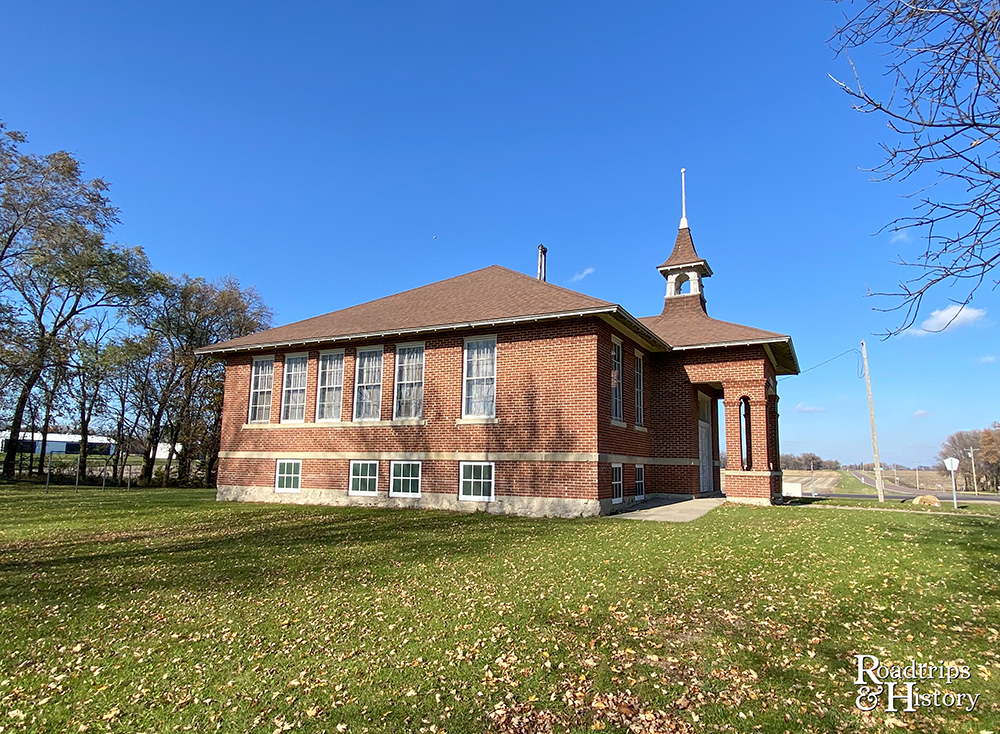
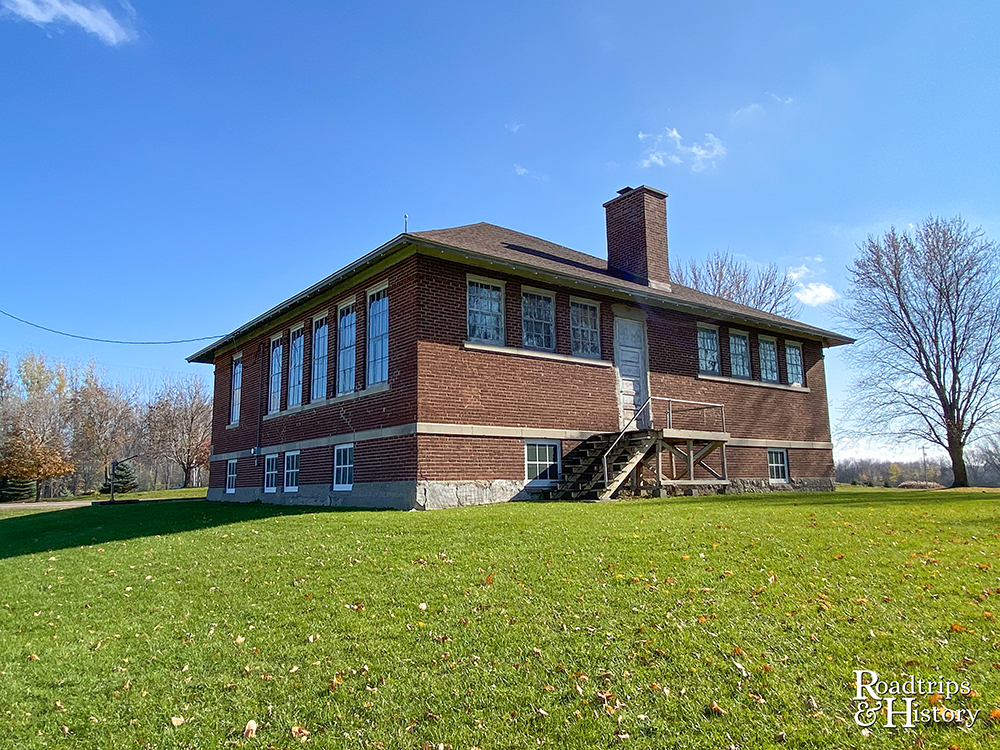
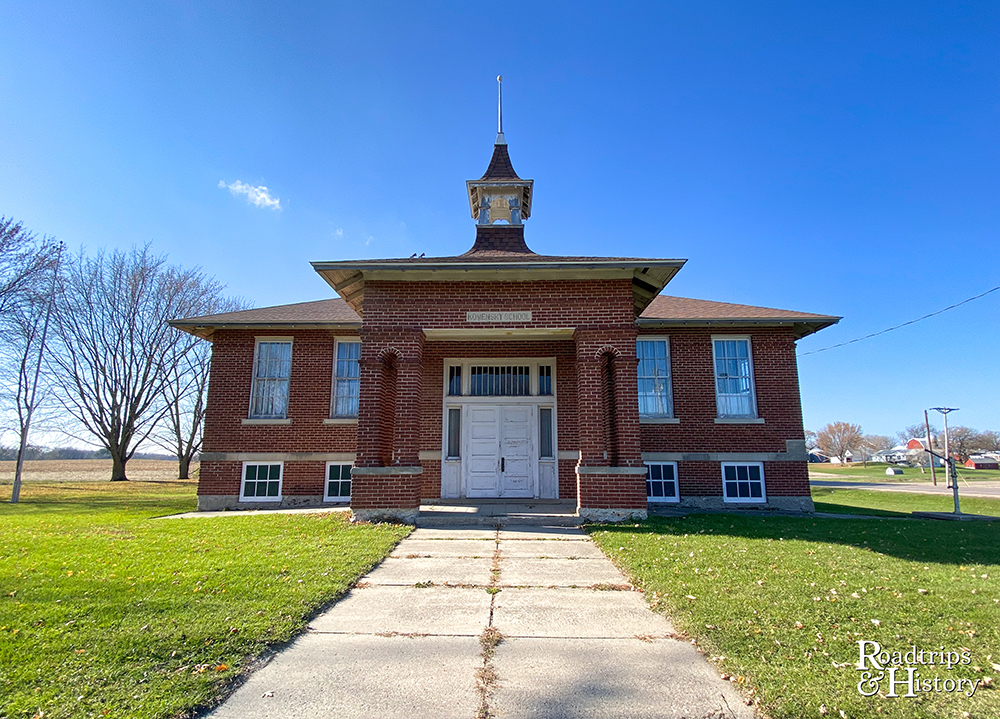
Consolidation And Its Aftermath
After World War II, McLeod County had just 50 students attending their five schools. Komensky School had the highest student population at 20. Rumors of consolidation were in the air as early as 1949. The little community was nervous that their school would be closed and all students sent to Hutchinson. A motion in 1957 to close Komensky School was met with bitter resistance from residents and parents. They weakly managed to fend off closure for two years, but in 1959, the Komensky District Number 11 was forced to dissolve.
Around the same time, another hub of community life also closed. The Bohemian Hall was located near the school and served as the center of Czech life in the community. It closed, and the building was demolished, leaving many to wonder about the future of their beloved school building.
While some residents still remembered the day they were granted the funds to build the school, others fondly remembered the days spent within its walls. But all together, they prided themselves on having such a remarkable school in their community. They loathed the thought of losing it, too. Thankfully, the local Západní Česko Bratrská Jednota (ZCBJ) lodge acquired the school building in 1959 to serve as a home for its extensive Czech language library.
Today, it’s still owned and maintained by the Western Fraternal Life Association, the successor of the ZCBJ.
